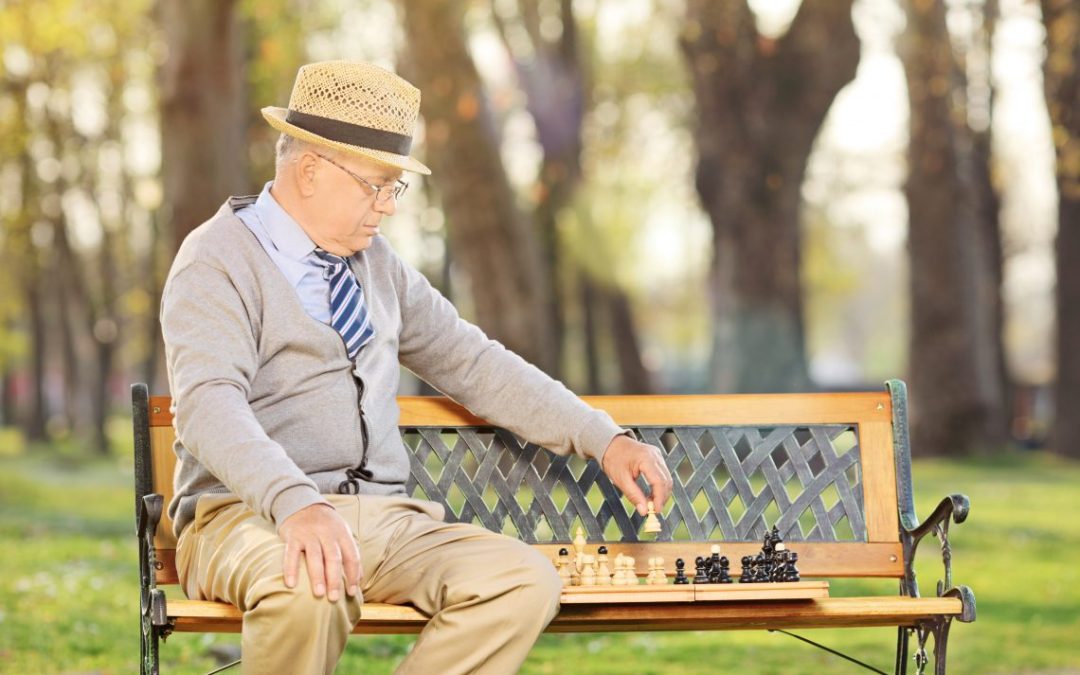Seniors and Community II – 6 Negatives of Social isolation
Last week I took a brief look at the benefits of being in community, especially in the midst of this coronavirus pandemic. The opposite of that is social isolation and, in broad terms, can be defined as “a state of complete or near-complete lack of contact between an individual and society.”
Of course, everyone is susceptible to loneliness, but seniors even more so. Why? Several reasons come to mind including loss of a job or spouse, chronic illness, medications, mobility issues and more. How big a problem is this for seniors? Glad you asked. Before I answer though, let’s back up and first look at the ideas of social isolation and loneliness. Research by” the late John T. Cacioppo, Ph.D., former director of the Center for Cognitive and Social Neuroscience at the University of Chicago,” shows that social isolation and loneliness are different but related. Social isolation is the objective physical separation from other people. “Loneliness is the subjective distressed feeling of being alone or separated. It’s possible to feel lonely while among other people, and you can be alone yet not feel lonely.”
Sarah Stevenson, a freelance journalist writing on seniors and their issues, reported a statistic from the U.S. Census Bureau. The Bureau’s report stated that in the last census, 11 million adults over age 65 were living alone. That’s approximately 28% of the senior population. Granted, that doesn’t mean all seniors are lonely, but they may be more susceptible to the negative effects social isolation can subjectively cause on seniors. Today I will be sharing 6 ways social isolation can negatively impact the life of a senior.
- High Blood Pressure – Citing research conducted by Brigham Young University in 2015, Jed Magen, Associate Professor of Psychiatry at Michigan State University, notes that high blood pressure can be directly linked to social isolation and loneliness.
- Anxiety – Amy Novotney, a freelance journalist and frequent contributor to medical and mental health journals, cites in the American Psychological Association numerous ways health professionals are helping seniors cope with anxiety and other disorders linked to loneliness.
- Heart Disease – Shanley Chien, a staff writer for Texas Medical Center (TMC), Houston, Texas, cites research showing loneliness and social isolation can promote physical changes at a molecular level, leading not only to heart disease but a host of other problems.
- Obesity – Leading a team of researchers, Martin Malcolm, a Ph.D. candidate at the University of Stirling in Scotland, studied how social isolation affected behavioral changes in terms of eating and other activities. These behavioral changes led to problems that included obesity.
- Depression – Clifford Singer, MD, is Director of the Mood and Memory Clinic at Acadia Hospital and Alzheimer’s Disease Research Program for Acadia Hospital and Eastern Maine Medical Center in Bangor, Maine. Doctor Singer has researched extensively the negative results of social isolation and the negative effects on the elderly, including depression.
- Weakened Immune System – Honor Whiteman, Editorial Director of Medical News Today, reports on research showing “that loneliness can alter immune system cells in a way that increases susceptibility to illness.”
These 6 possible negative outcomes of social isolation are not, of course, the only negatives that can occur. Other possibilities include Alzheimer’s and cognitive decline. I’m sure there are more, but these will suffice for now. If nothing else, we are aware of the problem. I cited earlier that according to the 2010 census 28% of people over 65 lived alone. Today, that equates to approximately 14 million seniors who are susceptible to the negatives of loneliness and social isolation.
Even if not everyone in this group suffers from social isolation, the number is still significant and comes with significant costs. Writing in the Journal of Accountancy, James Sullivan, CPA/PFS, and Julie Papievis cite a 2017 report by AARP that the cost to Medicare to treat the elderly for problems related to social isolation was 6.7 billion annually. That’s not monopoly money. There’s also an emotional toll not only on the seniors themselves but to their families and friends.
Last week I spoke about several of the benefits of being in a community and today I shared some of the negatives and their costs. However, it’s not all doom and gloom. Next week I will wind this series up with ways, even in this pandemic, everyone can stay connected to friends and loved ones. Seniors can still stay in community and be able to maintain their health and independence.
I’m going to try something new. I hope my articles have not only made you think about the different issues facing seniors but have also given you a desire to share your thoughts, concerns, and experiences. I’d like to hear how my articles are or are not helping. Following the article is a box for your comments. I would also like to know, for example, if social isolation has negatively affected a senior family member? How has their independence been affected? Other comments? I look forward to your insights and thoughts.


Recent Comments